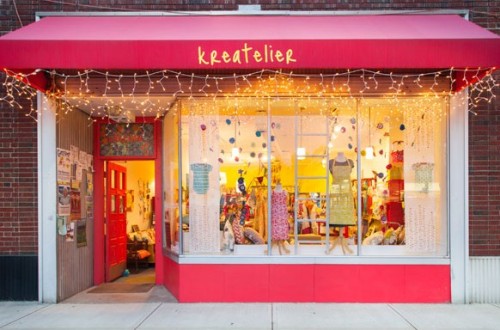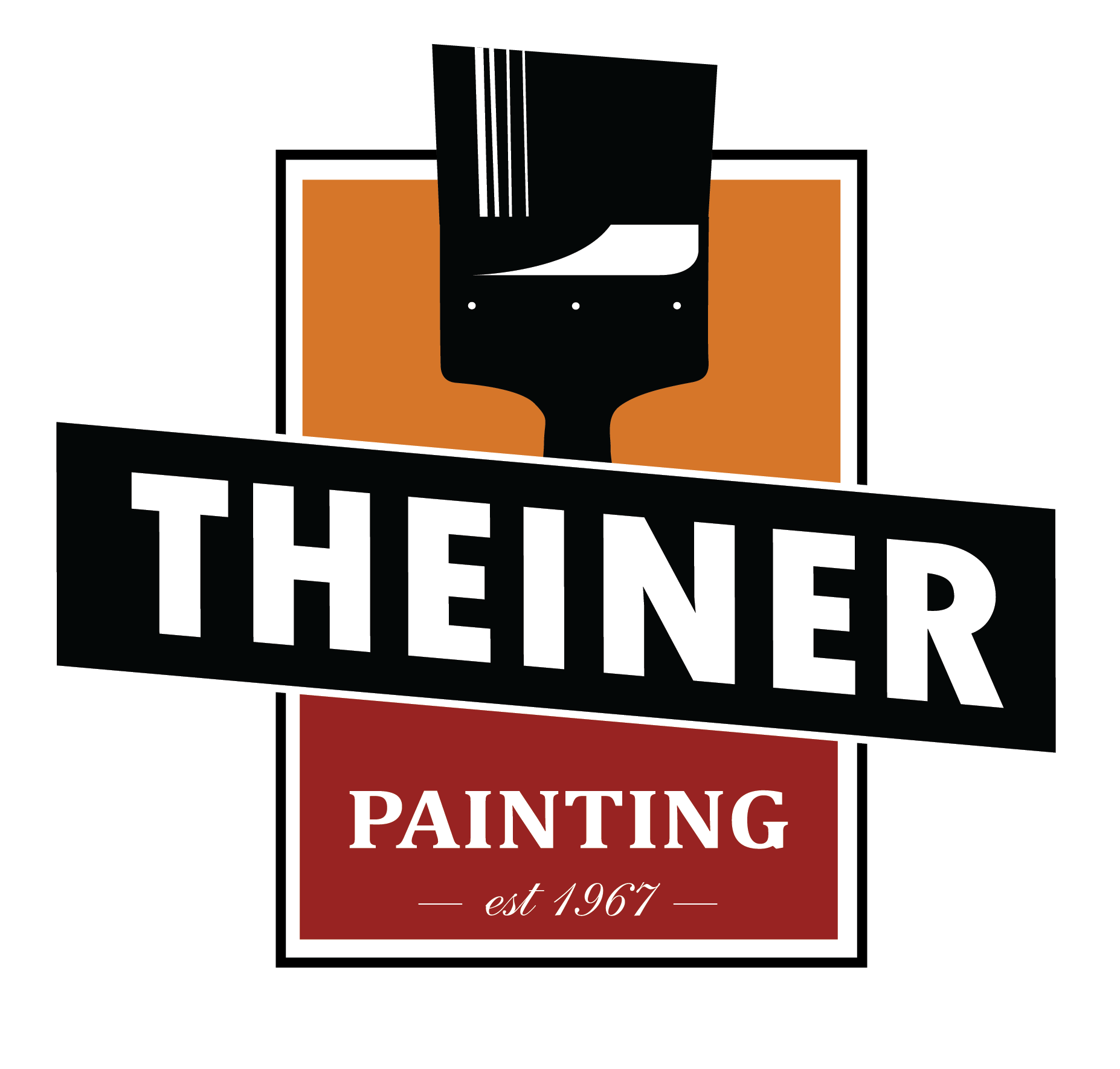You Really Can Judge a Store by its Colour

The other day a friend admired a new pair of shoes I was wearing. I told her I’d gotten them from a small shoe store around the corner.
“Really?” she said, surprised. “But their whole storefront is painted orange and green – it makes my eyes hurt. I figured they only sold cheap, flashy clothes designed for aesthetically-challenged teenagers.”
My friend isn’t a design snob, and she’s not the sort of person who only shops in super-high-end stores. But for the average consumer, design – including paint colours – can make a huge difference in their buying decisions, even if they aren’t consciously aware of it. Remember, you’ve only got about 5-8 seconds – the time it takes to walk by, notice your storefront, and make a decision about entering or not – to convince a potential customer that they should walk through your front door.
So how can you use paint to make sure the outside of your store is attracting the customers you want – and isn’t driving them away?
Here are some tips:
- Regardless of paint colour, make sure it’s in good shape. If you can’t remember the last time you painted your storefront, it’s probably time to get it done again. Paint that’s dirty, faded, chipped or weather-damaged says that the owners don’t care about making a good impression – and potential customers will think this extends to the way they treat their clientele, too
- Think about your target market. If you’re trying to sell high-end stereo systems to guys under 40, an all-black façade might make sense – it can look hip and masculine. But if you’re trying to sell baby clothes in a boutique setting, you’ll do better with softer colours in pastel shades
- Keep it consistent with your brand. The logo in your signage can’t tell the whole story about what you’re offering – your paint colours can help flesh out your brand message. Are you trying to attract health-food advocates looking for gluten-free pasta? Greens and browns imply a natural, earthy brand. Want to attract home décor enthusiasts? Painting your storefront every year or two with that year’s hot colour demonstrates you’ve got your finger on the design pulse
- Consider making a statement. Depending on what you’re selling, to whom, and where your store is located, using paint to make a statement could be your single most effective (and cost-efficient) marketing tool. One discount furniture retailer in Philadelphia painted his (very large) warehouse a bright yellow. It was located beside a highway, and eventually became a landmark for traffic reports on the local news – giving him thousands of dollars in free publicity.
